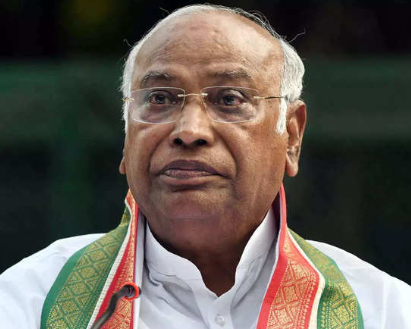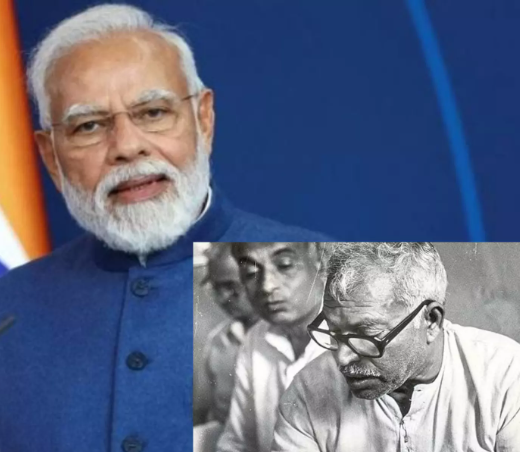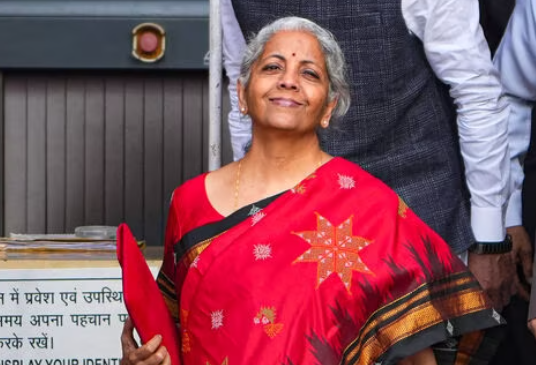
Budget 2024 Unveils Ambitious Plan, Expects Tourism to Propel GDP to $250 Billion by 2030
Budget 2024 Unveils Ambitious Vision for Tourism, Envisaging $250 Billion Contribution to GDP by 2030
Budget 2024 is set to be a crucial milestone as Finance Minister Nirmala Sitharaman prepares to present the final budget of the second five-year term of the Narendra Modi government on February 1. This budget, earmarked as an ‘interim’ one due to the imminent general elections scheduled for April-May, will lay the foundation for fiscal policies until a new government unveils the full budget later in the year.
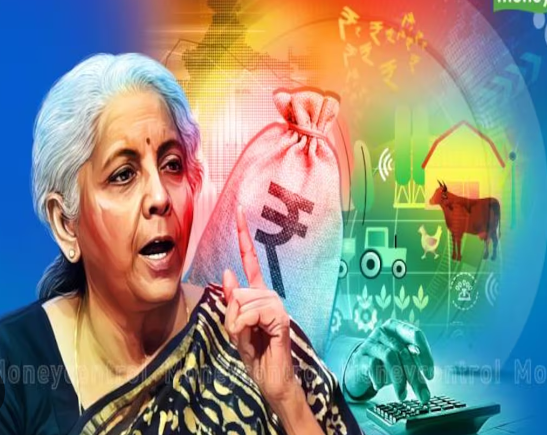
Since 2017, the tradition of presenting the budget on February 1 has been upheld, a departure from the previous practice of tabling it on the last working day of February. The rationale behind this change is to afford the government more time for strategizing and implementing new policies for the upcoming fiscal year, starting from April 1.
The union budget is a comprehensive financial statement that outlines the central government’s proposed expenditures and revenues for the forthcoming fiscal year. Presented by the Union Finance Minister in Parliament, it serves as a vital document detailing the government’s economic and fiscal policies. Covering the period from April 1 to March 31 of the following year, the budget includes information about proposed expenditures, revenues, liabilities, and welfare schemes, making it an indispensable tool for financial planning and policy-making.
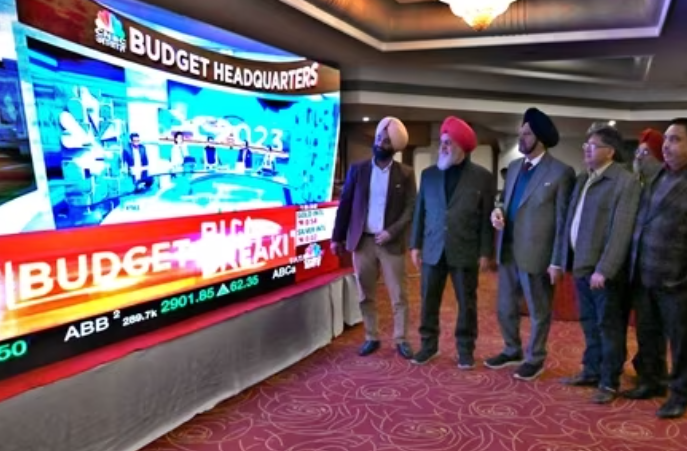
In her statement during last year’s budget presentation, Finance Minister Sitharaman expressed the government’s commitment to building a prosperous and inclusive India, ensuring that the benefits of development reach all regions and citizens. As anticipation builds for Budget 2024, experts weigh in on key areas that warrant attention and potential reforms.
Suman Banerjee of Hedenova emphasizes the importance of streamlining the Income Tax Return (ITR) process, stating that such reforms could empower taxpayers and alleviate the burden on both individuals and businesses. Leveraging technology for user-friendly interfaces is seen as a pivotal aspect in creating an efficient and accessible tax regime.
Another area flagged for consideration is the House Rent Allowance (HRA) policies. According to Suman Banerjee, revisiting HRA policies to align with current rental trends could provide relief to many individuals, particularly those residing in urban areas.
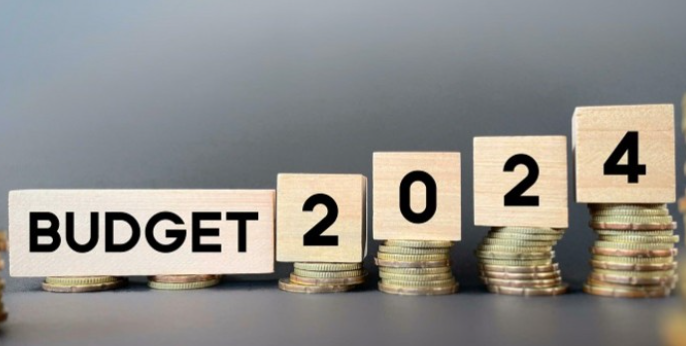
A noteworthy highlight in the upcoming budget is the projection made by the India Brand Equity Foundation (IBEF) report, indicating that tourism is expected to contribute a substantial $250 billion to the GDP by 2030, generating employment for an estimated 137 million individuals. In light of this, the sector anticipates announcements related to streamlining Tax Collected at Source (TCS), removal of Tax Deducted at Source (TDS), tax reduction, Goods and Services Tax (GST) input credit, infrastructural focus, and support for inbound tourism.
As the session approaches, the nation awaits the unveiling , with a keen eye on the proposed measures and reforms that will shape the economic landscape for the coming fiscal year and beyond. The emphasis on technological advancements, tax reforms, and sector-specific initiatives reflects the government’s commitment to fostering economic growth and inclusivity.
The shift in the presentation date has been a significant change initiated by the government. Moving it to February 1 has allowed for a more proactive approach in planning and implementing policies, aligning with the government’s vision for a robust and forward-looking fiscal strategy.
The anticipation surrounding is not just limited to the date change or procedural aspects; it extends to the expectations and concerns of various sectors. The call for streamlining the Income Tax Return (ITR) process, as advocated by Suman Banerjee of Hedenova, underscores the need for a taxpayer-friendly system. Simplifying the process and leveraging technology can contribute to not only easing the compliance burden but also promoting a more efficient and accessible tax regime.
For the latest updates-click here.

